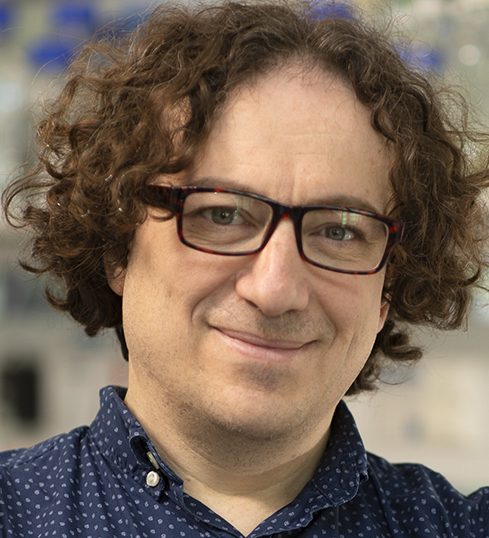The proteome of gap junctions
Institute of Science and Technology Austria
Neurons communicate via two kinds of synapses, chemical and electrical. Electrical synapses connect the cytoplasm of two cells and allow passage of ions and small molecules. Gap junctions can be quite large (in the order of 100s of nm), appear to be highly dynamic, and can show long-term potentiation. Biochemical studies suggest that electrical synapses, like chemical synapses, are complex assemblages of proteins. We know relatively little about how gap junctions age, but multiple lines of evidence implicate ageing-related gap junction defects in a range of human pathologies. Gap junctions represent about a quarter of synaptic connections in C. elegans. This project proposes to combine biochemical, cell biological and genetic studies to probe how gap junctions change with ageing in the nematode.
Research team webpage: https://ist.ac.at/en/research/de-bono-group/


